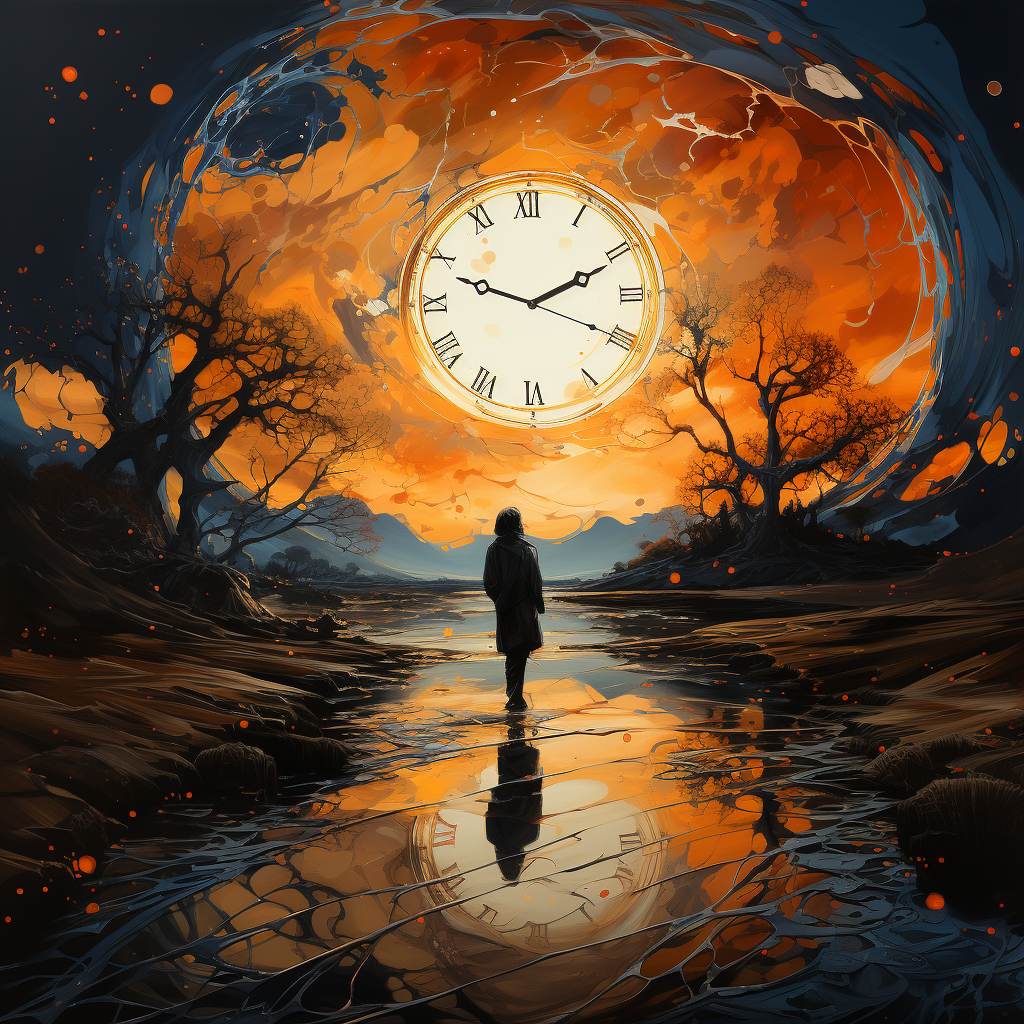In the modern era, where digital connections often take precedence over human ones, it’s rare to find genuine and life-changing human connections. But Di Tran, a visionary entrepreneur focusing on workforce development and talent placement, recently experienced something magical. A conversation, a connection, a blessing – all wrapped up in a single meeting.
Di Tran’s encounter with a dynamic and high-energy lady in her 60s was more than just a regular business conversation. It was an inspirational dialogue filled with wisdom, guidance, and encouragement that transcended the typical professional discourse.
A Woman with a Legacy
This remarkable lady’s journey is a beacon of human endeavor and success. With 25 years in the recruitment business, she has transformed her company into a thriving platform, spanning 26 cities, and embracing digital transformation without losing the human touch.
Her daily routine of making 80 calls, persisting despite a high fail rate, and emphasizing human connection over mere transactional relationships is not only a testament to her professional success but an embodiment of her human spirit.
A Meeting of Minds
Di Tran’s interaction with this extraordinary lady was, in his words, a “divine blessing.” Her emphasis on human connection, persistence, innovation, and her personal and professional journey resonated deeply with Di’s own values and vision.
Di’s innovative approach to talent placement and his commitment to enhancing HR efficiency through technological solutions found an echo in her words. They shared thoughts, exchanged insights, and in those precious moments, a connection was forged that went beyond business.
Collaboration and Beyond
The conversation did not end with mere words. It paved the way for potential collaboration, with promising avenues for both parties. More than that, it served as a beacon of what business conversations can be – warm, human, inspiring, and filled with the potential to change lives.
The Blessing in People
Di Tran’s meeting with this lady was a shining example of the profound blessings that people can bring into our lives. In an age where screens often replace faces and texts replace voices, this encounter served as a heartwarming reminder that true inspiration, guidance, and even blessings can be found in the people we meet.
It’s not just about who we know or what we can gain from them. It’s about what we learn, how we grow, and the connections we forge that enrich our lives and our souls.
Di’s experience is a poignant reminder to all of us to seek out those human connections, to find the blessing in people, and to cherish the profound impact that a simple conversation can have on our lives. It’s a lesson in humanity, empathy, and the unquantifiable beauty of truly connecting with another human being. It’s a lesson we would all do well to remember.



















